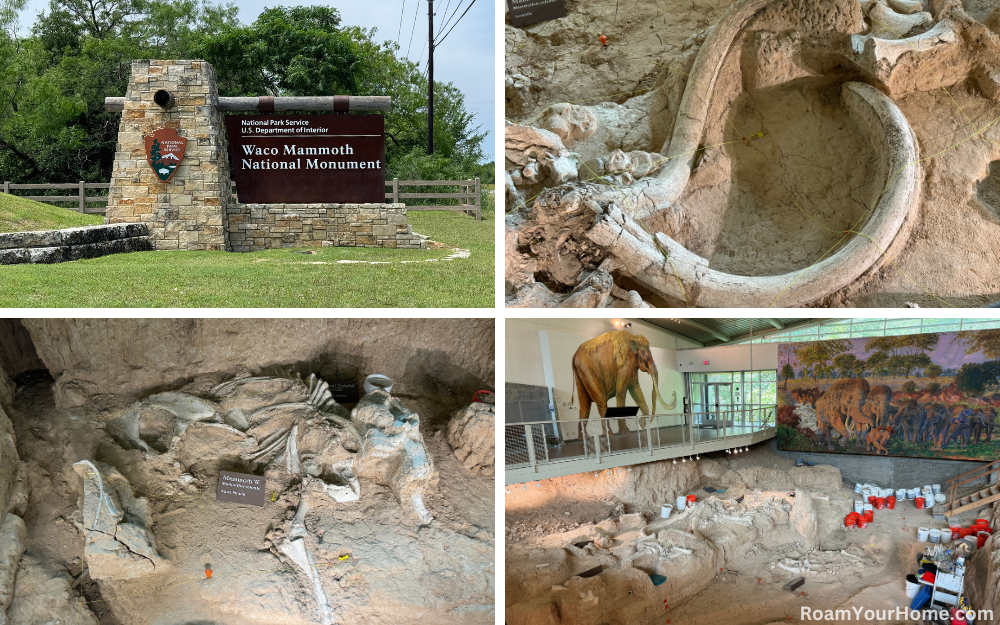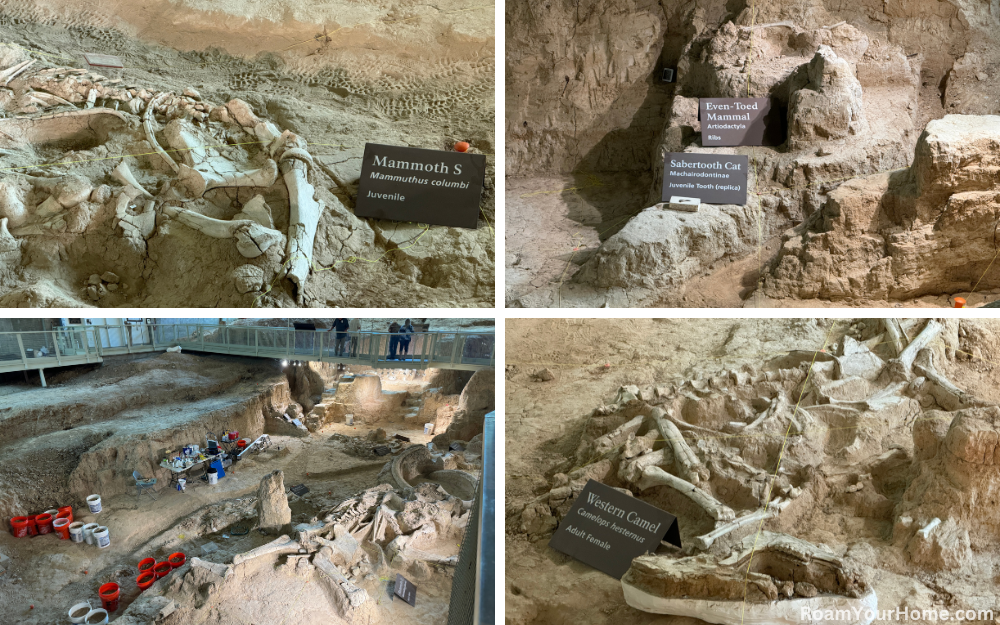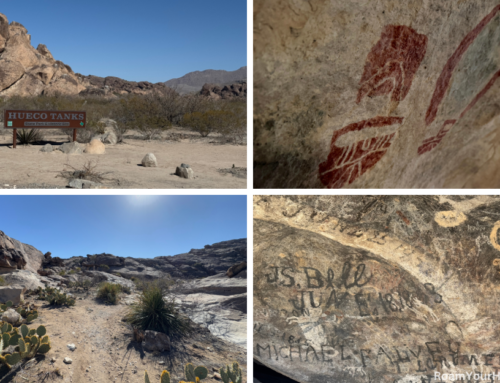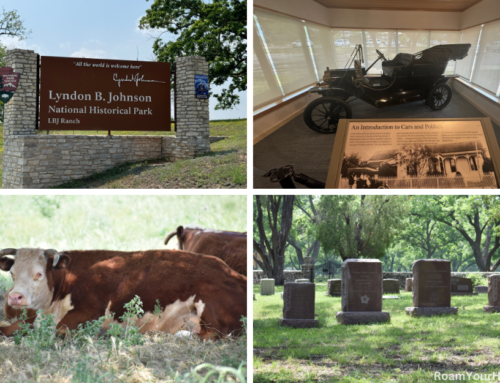
Waco Mammoth National Monument: An Intimate View of Prehistoric Fossils
They say everything is bigger in Texas. That includes the fossils. The Waco Mammoth National Monument is a prehistoric gem offering a unique opportunity to return to when Columbian Mammoths roamed the region over 67,000 years ago.
A Prehistoric Journey in Waco Mammoth National Monument
Waco Mammoth National Monument, located just five miles north of downtown Waco, preserves the only known nursery herd of Columbian mammoths in the United States. The site was first discovered in 1978 and has since been carefully excavated and preserved, allowing visitors to see fossils in their original resting place.
Unlike most traditional natural history museum experiences, where fossils are removed and displayed in glass cases, this site offers a rare live dig shelter, where bones remain embedded in the earth, just as they were found.
We visited on a spring weekend afternoon. Pulling into the parking lot, I was surprised to find the parking lot full. We had to circle a few times until someone left. Despite a difficult time finding parking, we got tour tickets right away. Guided tours are every 30 minutes, and no reservation is needed! Heads up, there is a small fee per person.
We met our guide just outside the Visitor Center, who gave us a brief overview of what to expect before walking down to the Dig Shelter. It was a few hundred yards on a paved path to the shelter.
Before allowing our group of twenty or so to walk in, the guide was careful to remind us that no food or drinks were permitted in the shelter.
Walking into the Dig Shelter, we were greeted with a striking view of ancient remains—massive tusks, jaws, and other bones still lying where these gigantic creatures perished. I’ve seen a few pictures online, but photos don’t do this justice. The fossils are giant and remarkably well-preserved.
The tusks that you can see were the most impressive to me. They are so big. This is still an active dig site. There are five-gallon buckets and tools all over the place.
Between 1978 and 1990, the fossilized remains of 16 Columbian mammoths were discovered. Evacuation efforts uncovered a nursery herd that appears to have died together in a single natural event. Between 1990 and 1997, six additional mammoths were excavated, including a large male bull.

Other Fossils Discovered
Our tour guide clearly pointed out all of the different fossils that could be seen below from the elevated viewing platform. There are more than just mammoth fossils visible. He pointed out the remains of a Western camel, a giant tortoise, and the tooth of a juvenile saber-toothed cat, which was found next to an unidentified animal.
The tour was excellent. The park guide was knowledgeable and patient while answering everyone’s questions. The tour lasted a little over 45 minutes but felt like it flew by.
Waco Mammoth National Monument is more than just a fossil site—it’s a window into the past, looking into a world where giant animals once roamed. I was so pleasantly surprised by this visit. I would do it again in a heartbeat and can’t recommend it enough. If you travel through central Texas, don’t miss the chance to witness this prehistoric wonder.
Tips for Visiting Waco Mammoth National Monument
Best Time to Visit: Spring and fall offer the most comfortable weather, but the site is open year-round. Summers can be hot.
Admission & Hours: The monument is operated in partnership with the National Park Service and the City of Waco. While entrance to the park is free, guided tours require a small fee. Check the official website for current hours and pricing.






